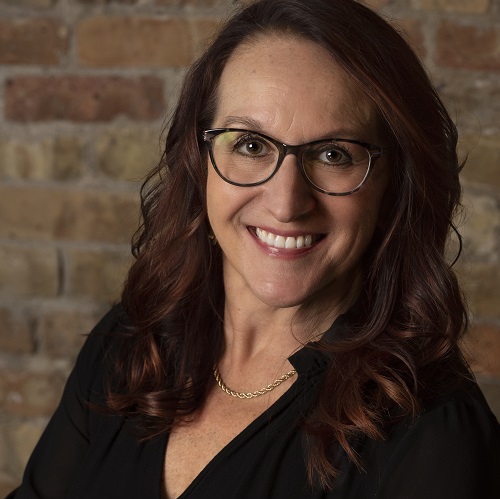I am writing this column from beautiful Bay View, Michigan, a Chautauqua on the northern shore of Lake Michigan, where I am the preacher/lecturer for the week. I teach in the mornings, but then have the rest of the day free to explore a part of the country to which I have never been — a rather unusual circumstance for me. Most of my speaking gigs are of the “fly in, speak, fly out” nature. So, I turned it into a vacation. What a gift.
In addition to dragging my family to visit the local sites as highlighted in my official AAA Tour Book, I have also had the chance to do something I rarely get to do — read. In fact, I can’t remember the last time I read a book for “fun.” Probably my sabbatical, three years ago.
Full disclosure — I tell my preaching students that it is critical as a preacher to read on a regular basis. Read novels, poetry, short-stories — and always have on your desk a book about preaching so as to nurture and encourage your craft. Yet, we know how it is. We get busy and we don’t do it. But, we must, preachers, we must. My resolution leaving this week is to do what I suggest, to practice what I preach! To schedule time in my week for reading. And when someone wants to meet with me during the hours on my calendar I have devoted to reading? I am resolute that my response will be, “I’m sorry, I will need to find another time to get together. I already have an appointment.” You have no obligation to share what that appointment is — this is one of the benefits of clergy confidentiality. You simply have an appointment that cannot be rescheduled — with your preaching, with your sermon, with yourself.
So, this week I have been reading a book by Mary Norris, Between You and Me: Confessions of a Comma Queen. Norris’s career has spanned almost four decades in the The New Yorker’s editorial department. Ok, I know I need to work on choosing something to read that is a little more outside the box of what I do for a living. I promise to work on that.
But truly, the book is a fascinating read. If you think grammar is boring? Mary Norris will convince you that grammar not only matters, but also can be really interesting, even engaging. The book includes, for example, the history of Webster’s dictionary, the proper use of who and whom, the idiosyncrasies of The New Yorker’s style manual, and the joy of knowing how to spell. Yes, joy!
One thing, however, caught my attention as I was thinking about the preaching of this Sunday’s text from Luke — the importance of context in the determination of meaning. Of course, this is something we preachers know already, obviously. But it was fascinating to think about the importance of context when it comes to editing. Every editorial decision for Norris has to incorporate the immediate literary context, the The New Yorker editorial criteria, and Norris’s knowledge of, or relationship with, the author and her or his personal style.
Considering the Luke text, the phrase I found fraught with the importance of context was, “how much more?” In the case of the words of Jesus, “how much more will the heavenly Father give you?”
But “how much more” in different contexts has very different meanings, doesn’t it?
“How much more” can be as mundane as clarifying a monetary transaction, determining what’s left to do toward the completion of a task, or the time outstanding for a meeting or event. Yet, depending on the nature of the occasion, “how much more?” can be either the question that wishes for the end to come or that hopes for time to stop still.
In the contexts of our personal lives “how much more?” might be, how much more can I keep up with the demands of my family? How much more of this strained relationship can I take? How much more loss can I survive?
In the contexts of our professional lives: how much more will this church take from me? How much more can I give before I simply lose it? How much more can I trust in the preaching of God’s Word before, in the midst of the hate and violence and hopelessness of the world, the Gospel starts sounding like just a figment of my imagination?
And, speaking of our world, how much more can we hear about the manifestations of racism, terrorism, homophobia, xenophobia, before we begin to believe dystopia as the norm over the Kingdom of God?
We need these words from Jesus today; words that help us remember a context we should never forget when it comes to making meaning in our lives — the context of God.
That whenever we say, “how much more?” from our places of hurt and pain and loss, God’s response is, “how much more will I give you?”
That whenever we voice, “how much more?” from our locations of abandonment and rejection, God says, “how much more do I promise to be with you?
That whenever we utter, “how much more?” from our spaces of disillusionment and disappointment God says, “how much more do I love you?”
On the day we call, “how much more?” God answers us, increasing our strength of soul (Psalm 138:3), because for every “how much more?” we say and pray — which we need to say, have to say, cannot help but pray in our times of need and grief and longing, God responds with God’s “how much more.”
Karoline

